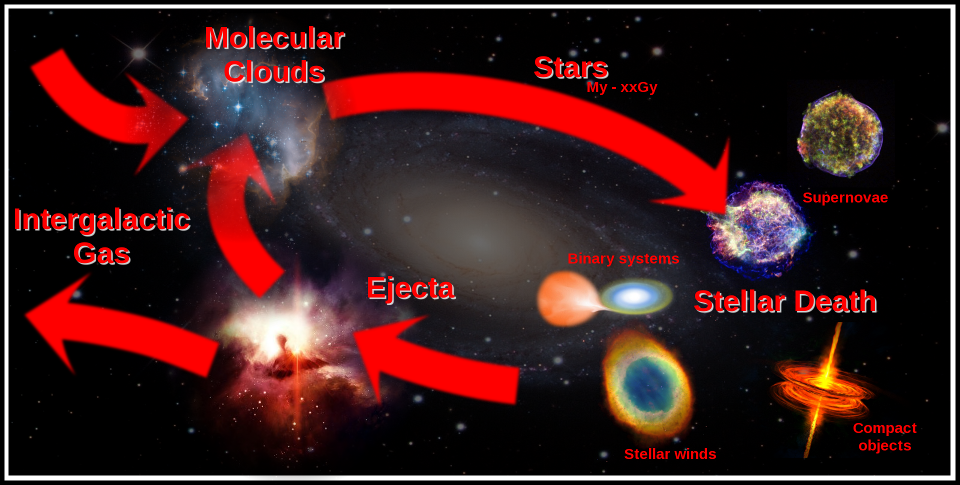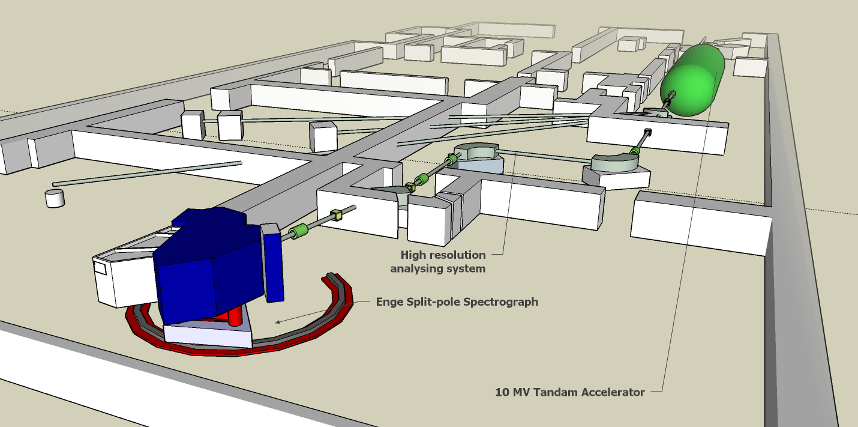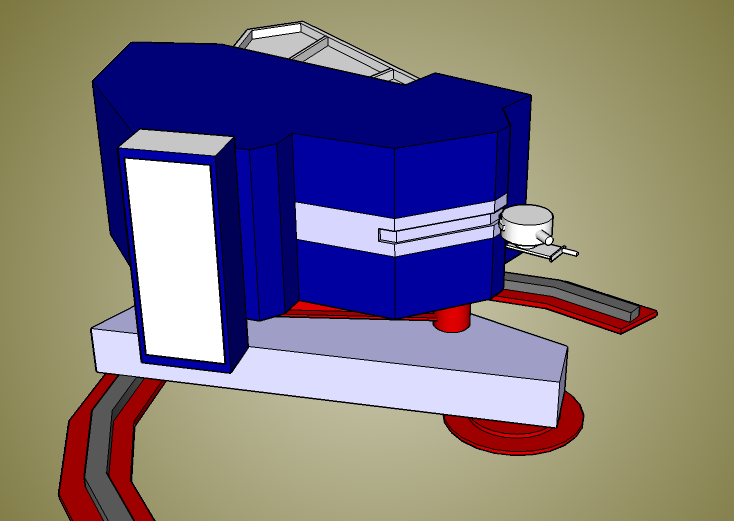Research
What we do
Although the big bang gave birth to our universe, most of the elements were subsequently produced in stars. As stars burn out, their ashes are recycled into new stars, a process that continues to the present. Nuclear astrophysicists study these nuclear furnaces, both by modelling stars and by reproducing their nuclear reactions in the laboratory. A first step in this process is the seemingly simple question: which nuclear reactions are most critical to understanding the synthesis of the elements in stars?
 A detailed understanding of how stars are modelled is crucial to our research program aimed at measuring important nuclear reactions for astrophysics. Using advanced Monte Carlo methods to determine realistic uncertainties for elemental synthesis we hope to answer the question posed above, identifying key reactions that should be measured in the laboratory. These key reactions become the focus of our experiments. This merging of an experimental program with theoretical modelling expertise is unique to our research program.
A detailed understanding of how stars are modelled is crucial to our research program aimed at measuring important nuclear reactions for astrophysics. Using advanced Monte Carlo methods to determine realistic uncertainties for elemental synthesis we hope to answer the question posed above, identifying key reactions that should be measured in the laboratory. These key reactions become the focus of our experiments. This merging of an experimental program with theoretical modelling expertise is unique to our research program.
The reactions most critical in stars are often the most challenging to measure in the laboratory. We can investigate the important aspects of the reactions with novel techniques, and then use well established methods to calculate their frequency in stars. We utilize these techniques at the Triangle Universities Nuclear Laboratory (TUNL), one of the U. S. Department of Energy Centers of Excellence. Click here for more details about our facilities.
See the Publications link at the top of this page for more information on our recent research accomplishments.
Where we do it
 Our experimental work is conducted at the Triangle Universities Nuclear Laboratory (TUNL). TUNL is a consortium of North Carolina State University, North Carolina Central University, Duke, and the University of North Carolina at Chapel Hill.
Our experimental work is conducted at the Triangle Universities Nuclear Laboratory (TUNL). TUNL is a consortium of North Carolina State University, North Carolina Central University, Duke, and the University of North Carolina at Chapel Hill.
TUNL consists of three main accelerator facilities:
- The Tandem Accelerator Lab
Powered by a 10 MV van de graff accelerator, this facility delivers proton, helium, and deuterium beams with energies of up to 40 MeV to a range of target areas. - The High Intensity γ-ray Source (HIγS)
The HIγS facility uses a free electron laser to produce the most instense mono-energetic photon source in the world. - The Laboratory for Experimental Nuclear Astrophysics (LENA)
The LENA facilty is a dedicated nuclear astrophysics laboratory aimed at employing world-leading detector technology and the world’s most intense proton beam to study small cross sections.
 The centerpiece of our experimental equipment is the Enge
Split-pole Spectrograph: a high resolution particle spectrometer
dedicated to nuclear astrophysics experiments. By using a
high-field magnet, particles are bent depending on their
momentum and detected at a focalplane. Features of the Enge
splitpole include:
The centerpiece of our experimental equipment is the Enge
Split-pole Spectrograph: a high resolution particle spectrometer
dedicated to nuclear astrophysics experiments. By using a
high-field magnet, particles are bent depending on their
momentum and detected at a focalplane. Features of the Enge
splitpole include:
- A high-precision focalplane detector with:
- Two position-sensitive avalanche counters for particle-by-particle ray reconstruction
- A proportional counter for particle identification
- A scintillator stopping detector to measure the final energy of particles
- Variable entrance windows for high-precision or high-efficiency measurements
- High resolution beam delivery. A series of feedback circuits through two 90-degree magnets allow us to deliver precise energies to a very small beam spot.
Some spare bits and bobs
This is a button link to another page Link
This is some highlighted text
Also let’s try this
